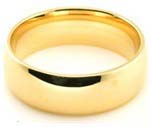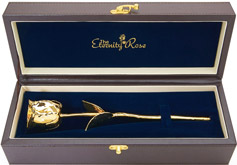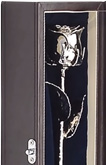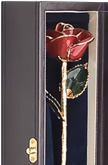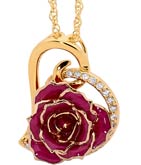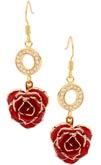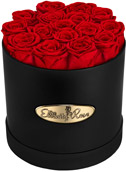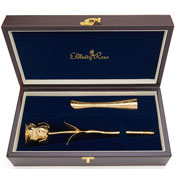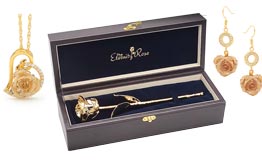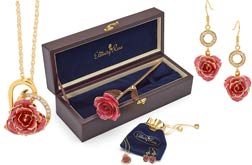How is White Gold and Rose Gold Created?
There is minimal distinction between the Gold alloys. Simply, they are gold with various quantities of other metals blended with them to transform the colour or shade (as per White and Rose Gold).
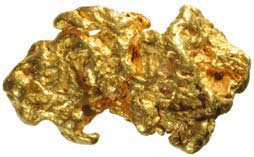
18 Karat White Gold is a gold alloy that contains a minimum of one other white metal, typically palladium or nickel, with a common blend including 2.2% copper, 5.5% zinc and 17.3% nickel. Alternatively, 9 Karat White Gold typically consists of a blend with 62.5% silver.
It is true also that 9k White Gold appears whiter than 14k and 18k White Gold, because there is less yellow gold to ‘cover’ or 'mask'. It is therefore common to see a tinge of yellow in 14k and 18k White Gold.
As per the case for yellow gold, the pureness of white gold is measured in karats, in which one karat is 24ths of Gold. For example :
9k gold is 9/24 = 37.5% gold
14k is 14/24 = 58.3% gold
18k = 18/24 = 75% gold
and so on.
The properties of white gold can vary largely, based on the metals and quantities (percentages) used in the blend. The decision about the quantities of other metals with gold is based on their purpose. For example, combining gold with nickel results in a hard alloy that is ideal for brooch pins and rings. If gold is blended with a softer metal like palladium, it is ideal for gemstone settings in which a malleable gold alloy is needed.
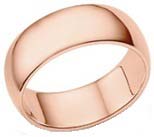
Rose Gold results from blending copper with gold, as copper has a red tinge to it. The shade of Rose Gold can also vary greatly, depending on the proportion of copper blended with the gold. The greater the content of copper, the more red the final colour is. A common combination for Rose gold is 75% gold plus 25% copper.
A key point to keep in mind with White and Rose Gold is that since gold must be combined with other metals to transform the colour, it is impossible to achieve “Pure” (or 100% / 24k) White or Rose Gold.
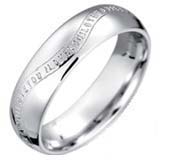
There are unusual gold alloys in which gold is combined with Silver, Iron, Aluminium or Cadmium, resulting in Blue, Green and Purple gold. These are rarely encountered, but they are out there!
Red gold is also popular in the Middle East, and is a gold alloy that has a particularly high content of copper, usually a blend of 14k Gold, 58.3% Gold and 41.7% Copper.
We hope this overview offers you some insight into the various types of gold that are available. Please do not hesitate to email info@eternityrose.com if you would like to know anything else about gold. We consider ourselves experts on the subject and just love to talk about gold!
